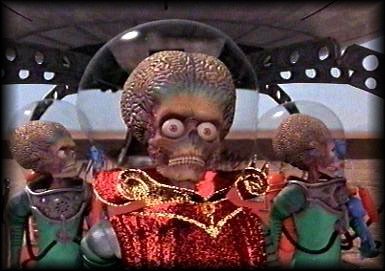In the Tim Burton adaption of The Planet of the Apes, there
are many dualities expressed that move the characters and the plot along. My personal favorite is the clash between
bellicosity and passivity. Throughout
the film, we find instances in which both types of behavior are crucial to the
development of the characters.
One way that this arises is in the very beginning. It starts with a defiant soldier who wants to
go after his chimpanzee in the middle of an electromagnetic storm. Captain Davidson, against orders, launches
himself into the storm, and the main plot begins. If he had been more passive and submitted to
his superior, than the whole mess of Planet of the Apes would have been no more
than a chimp being sucked into a wormhole.
We see this again later when Birn, the teenage boy in the band of
humans, defies Davidson’s orders to stand back and help with the forces during
the final battle. His defiance shows
Captain Davidson what it’s like to be defied, which gives him some insight on
his own urge to fight issues of ego.
Passivity does help character and plot development, too. There is a scene at the beginning, when Limbo
ends up in the mix between the apes and the human escape attempt. When Davidson turns the gun toward Limbo, Ari
tells him to stop. Telling Davidson not
to “stoop to his level,” Ari chooses a passive route that sends Limbo on the
same journey as the other runaways. This
pivotal point leads to an exodus that ultimately changes his view of the humans
in the end.
Both attributes have different strengths and weaknesses, but
at the same time, there is no right answer to which one they pick. Either path that they choose, the other side
is just as legitimate. Each temperament has the ability to strongly influence the
plot.


